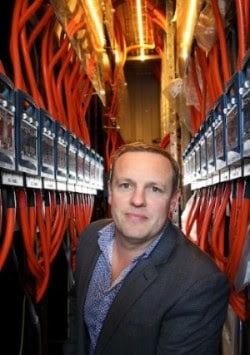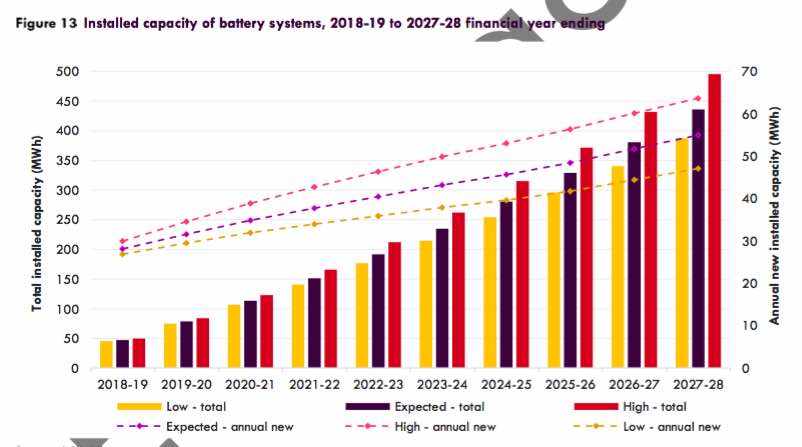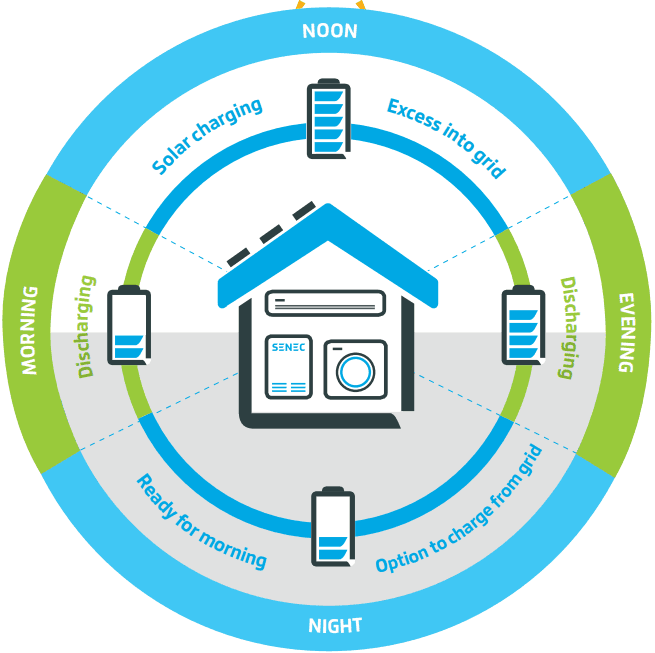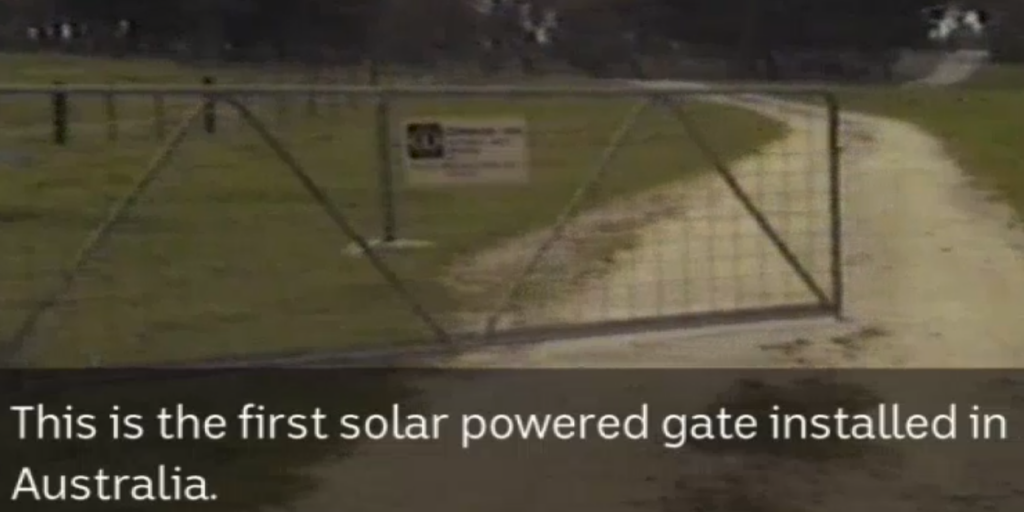Australian company Natural Solar have advised that they will be using the power of blockchain technology its its latest community solar offering – a new housing development just outside of Sydney which will see 12 homes share power with each other.
Natural Solar
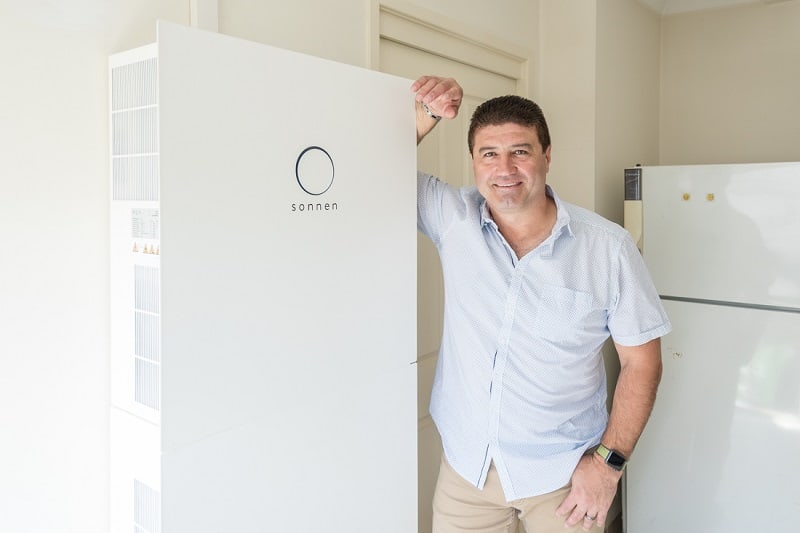
Nine are reporting that each home will have a 5kWp solar system and an 8kwh sonnenBatterie 8 installed. Homeowners will be guaranteed up to 20 years of $0 power bills, but they will have a $30 / month bill to sonnenFlat for the program. Power will be shared between the 12 houses and any energy movement will be recorded on the blockchain to record and track the efficacy of of the project. Is 12 houses enough? What happens when it’s 4pm on a Tuesday and 8 houses have air conditioning on?
If this is a bit complicated to understand, Chris Williams, CEO and Founder of Natural Solar, explains the concept as a ‘super battery’:
“Utilising Blockchain technology, we are able to join all batteries together to create one larger ‘super-battery’ that can power all homes in one development.
“An advantage of this is for the first time ever in Australia, residents will now be able to borrow power from their neighbours who have excess stored in their own battery, creating a complete sharing economy amongst houses.”
What happens if the energy runs out?
This question was put to Williams who said that, although this model means the developer won’t have to pay for expensive grid upgrades, it’ll still have access at all times:
“In the event houses need additional power and they can’t borrow extra from their neighbours, they are able to automatically draw this from the grid. If the home is signed up to the sonnenFlat energy plan, this will be free of charge for most houses, provided this fits within their annual electricity consumption.”
The project is set to launch by September – so watch this space and we’ll keep you updated on the progress of Natural Solar’s great project.

